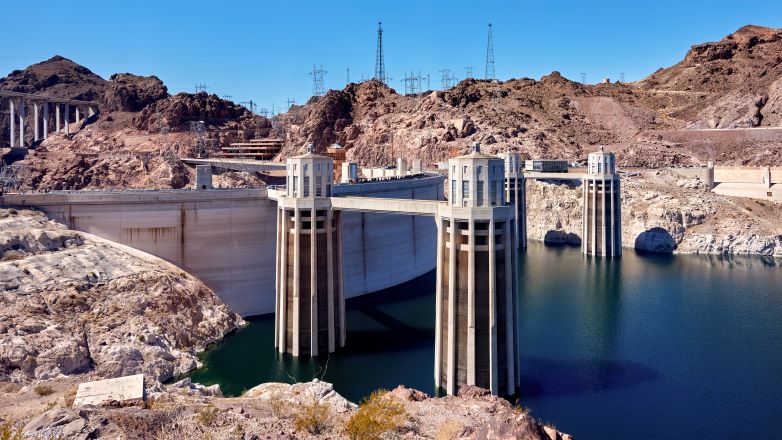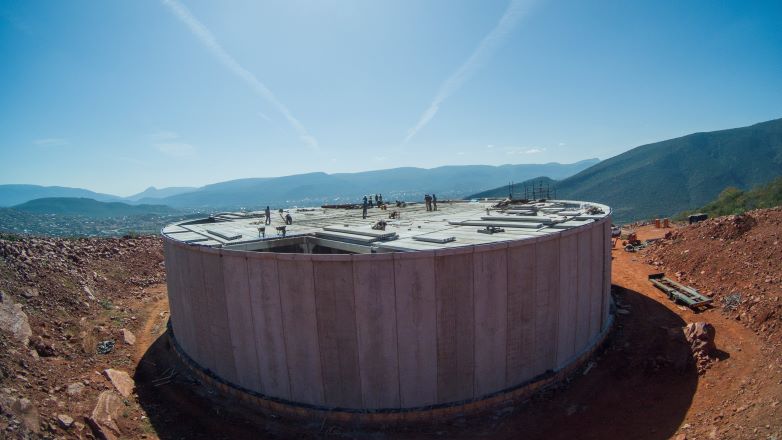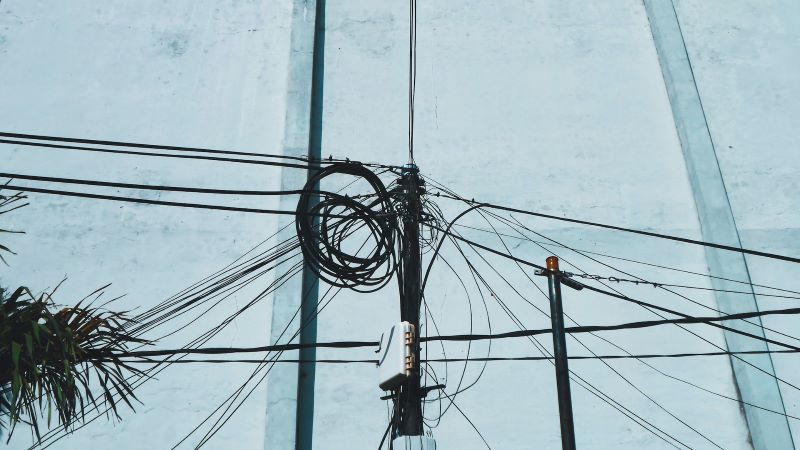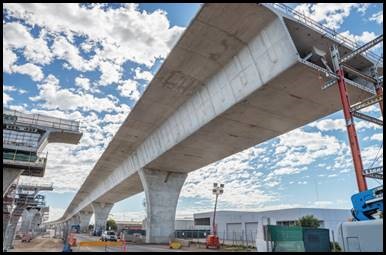
Caption: Precast-concrete construction also saved in variation costs.
…continued from Part 1.
Considering the sound upfront planning required for these projects, De Jager, said that precast-concrete construction also saved in variation costs.
Moreover, client bodies, engineers and contractors benefited from a reduction in construction material costs due to the use of high-strength concrete mixes and post-tensioning deployed in concrete prefabrication. For example, precast-concrete reservoirs were up to 40% lighter than those built using conventional cast-in-place methods, De Jager told cement and concrete industry stakeholders.
He added: “Prefabrication ensures a very high-quality final build at competitive rates. Taking all of these factors into consideration, the reservoirs that we’ve built have provided notable savings of between 10% and 30% savings in construction costs.”
By building durable water infrastructure, municipalities also save in maintenance costs over the 100-year design life of precast-concrete infrastructure.
De Jager said that precast concrete also facilitated sound project management. This is considering the extensive upfront planning that goes into these projects. Meanwhile, most of the complexity of these projects are also handled by the prefabricator as a specialist sub-contractor to the main contractor.
He said, if undertaken by an expert with sound health and safety protocol, these projects were also safer.
Of increasing importance to municipalities is the role that precast-concrete plays in constructing infrastructure with a smaller embodied carbon footprint.
De Jager said that accurate manufacture in precast-concrete factories facilitates the optimal use of materials, reducing waste. Moreover, prefabrication enables the use of more efficient design of concrete element shapes that would otherwise be too costly or complicated to execute with cast-in-place construction methods.
To remain competitive, precast-concrete factories must also use energy and water efficiently. In these ways, they further reduce the carbon footprint of the concrete elements that are integrated on site. Considering increasing utility costs, precast companies had to continue finding ways of reducing their reliance on grid supplies.
Furthermore, by building more robust structures that require minimal maintenance, less construction materials are used to upkeep the structure over its long useable life.
“Just about everything built in other countries of the world is prefabricated because it is more efficient and cost-effective to construct quality infrastructure in this manner. As a country, we are still undergoing a very steep learning curve, in terms of the design and application of the technology. As our water crisis deepens, we will have no other choice to find more innovative ways of accelerating the construction of top-notch infrastructure in a cost-effective manner. Precast concrete provides such potential,” he concluded.
More news
- PART 2: CONCRETE IN THE DESIGN OF A UNIQUE LUXURY HOME IN GEORGE, SOUTH AFRICA
- PART 1: CONCRETE IN THE DESIGN OF A UNIQUE LUXURY HOME IN GEORGE, SOUTH AFRICA
- MVULE GARDENS, AFRICA’S LARGEST 3D-PRINTED AFFORDABLE HOUSING PROJECT
- PART 3: HARNESSING THE POTENTIAL OF HIGH SULPHUR FLY ASH IN CONCRETE PRODUCTION
- PART 2: HARNESSING THE POTENTIAL OF HIGH SULPHUR FLY ASH IN CONCRETE PRODUCTION





